.jpg)
Leak detection is a crucial part of home inspections as it helps identify potential water damage risks and prevents further damage. Water leaks can cause significant structural damage, mold growth, and health hazards. Therefore, detecting leaks early on is essential to ensure the safety and integrity of a home.
Water Leak Detection Techniques:
1. Visual Inspection: Home inspectors carefully examine visible areas, such as ceilings, walls, floors, and plumbing fixtures, for signs of water damage or active leaks. Stains, discoloration, sagging, or peeling paint are common indicators of water infiltration.
.jpg)
2. Moisture Meters: These devices measure the moisture content in various materials, such as drywall, wood, or concrete. Moisture levels higher than normal can indicate water leaks or excessive humidity.
3. Infrared Thermography: This technique uses specialized cameras to detect temperature differences in building materials. Water leaks often result in cooler spots due to evaporative cooling. Infrared imaging helps identify hidden leaks behind walls or under floors.
4. Ultrasonic Leak Detection: Ultrasonic devices are used to detect high-frequency sounds produced by water leaks. The device picks up these sounds, even behind walls or underground, allowing inspectors to locate the source of the leak.
5. Smoke Testing: In this method, non-toxic smoke is introduced into a plumbing system to identify leaks. The smoke comes out of any cracks or openings, helping inspectors pinpoint the leak’s exact location.
6. Dye Testing: Dye is added to plumbing fixtures or drains to trace the path of water flow. If the dye appears in an unexpected location, it indicates a leak or improper drainage.
.jpg)
7. Pressure Testing: By pressurizing plumbing systems, inspectors can identify any drop in pressure that might indicate a hidden leak. This method is commonly used to check for leaks in pipes and plumbing fixtures.
Importance of Leak Detection in Home Inspections:
1. Prevents Structural Damage: Water leaks can weaken a home’s structure, leading to costly repairs. Early detection allows homeowners to address the issue promptly, preventing further damage.
2. Minimizes Mold Growth: Moisture from leaks creates the ideal environment for mold growth. Mold can cause health problems and damage property. Timely leak detection helps prevent mold infestations.
3. Reduces Utility Bills: Undetected leaks lead to wasted water and increased water bills. Identifying and repairing leaks can significantly reduce water consumption and utility costs.
4. Maintains Healthy Indoor Environment: Water leaks promote the growth of bacteria and allergens, which can negatively affect indoor air quality. Leak detection ensures a healthy living environment.
5. Enhances Property Value: A home with a history of leaks and water damage may lose value in the real estate market. Regular leak detection and maintenance help preserve the property’s value.
Facts and Statistics:
1. According to the American Insurance Association, water damage is one of the most common and costly insurance claims for homeowners.
2. The EPA estimates that household leaks can waste, on average, 10,000 gallons of water per year, equivalent to 270 loads of laundry.
3. A study by the Insurance Institute for Business & Home Safety found that plumbing supply system failures are the leading cause of residential water damage incidents.
4. The average cost of water damage repairs in the United States ranges from $2,500 to $4,500, depending on the extent of the damage.
5. Smart water leak detection devices provide homeowners with real-time alerts and remote monitoring, allowing for swift action to mitigate potential damage.
FAQ:
1. How can I detect a water leak in my home?
One way to detect a water leak is to monitor your water meter. If the meter reading increases even when there is no water usage, it indicates a potential leak. Additionally, be vigilant for signs of water damage, such as damp spots, musty odors, or unexplained mold growth.
2. Are water leaks covered by homeowners’ insurance?
Typically, homeowners’ insurance covers sudden and accidental water damage incidents, such as burst pipes. However, insurance may not cover damage resulting from negligence or lack of maintenance. It’s important to review your policy and understand the coverage details.
Leak detection is crucial for maintaining a safe and healthy home environment. Professional home inspections, along with the use of advanced detection techniques and tools, can help homeowners identify and address leaks promptly, minimizing damage and associated costs. If you suspect a water leak in your home, it is recommended to seek the assistance of a qualified professional to conduct a thorough inspection and carry out necessary repairs.



